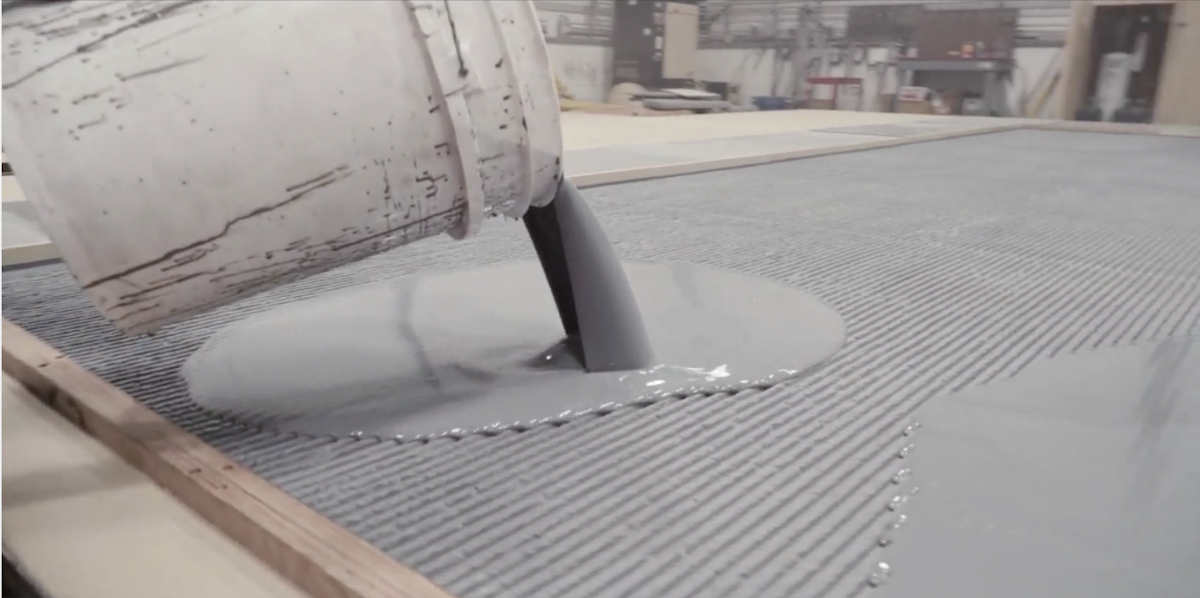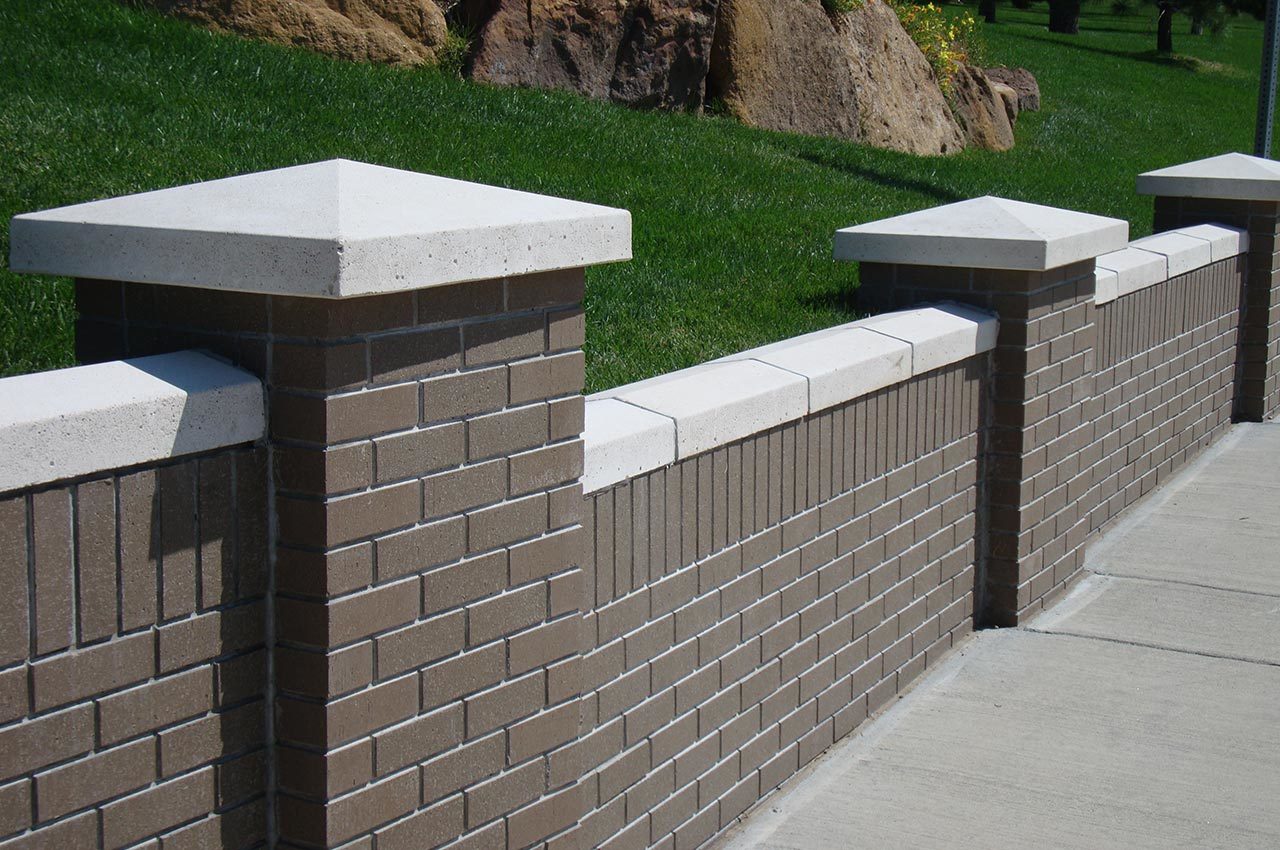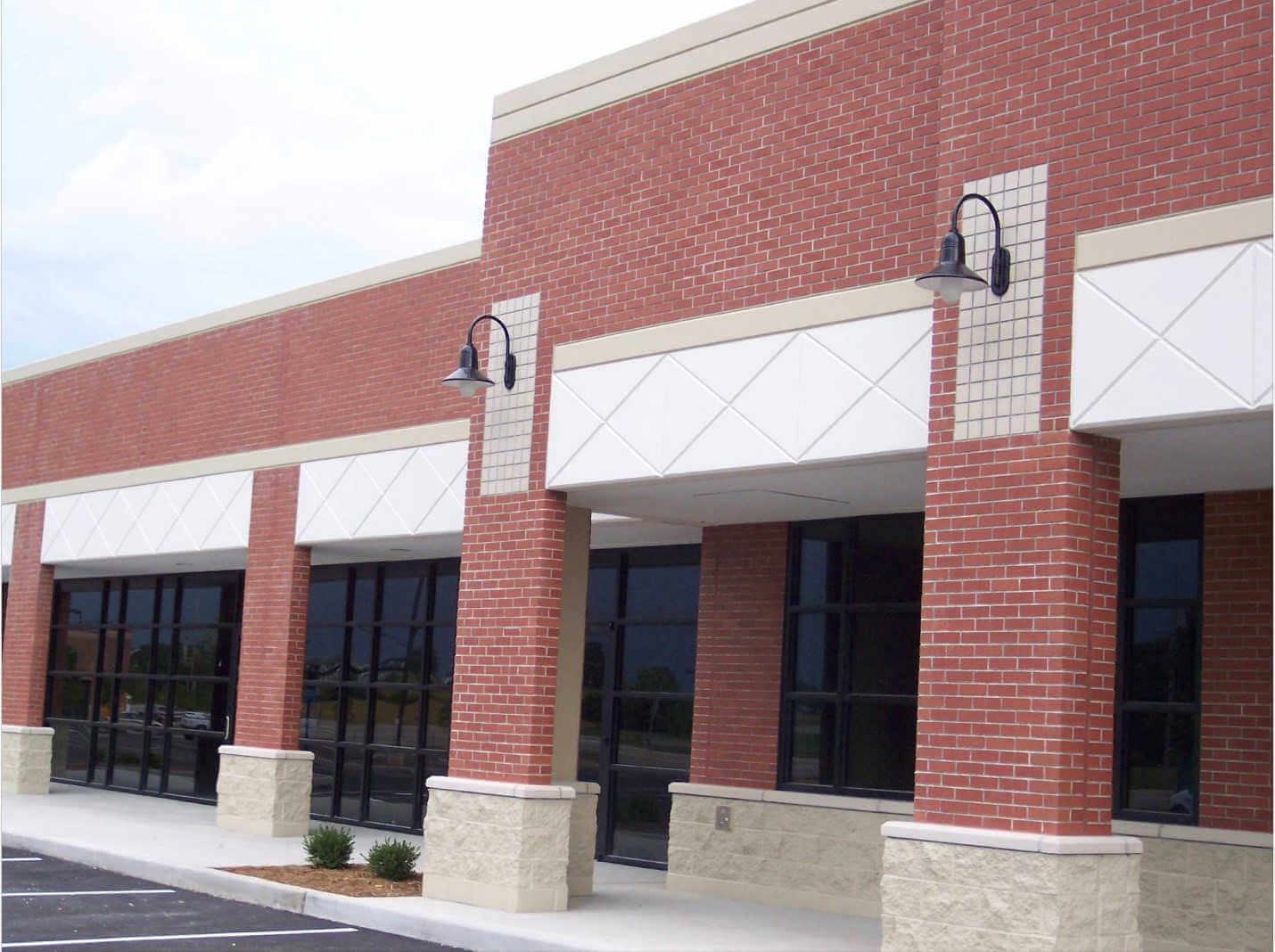
Benefits of Extended-Use Urethane & ABS Plastic Concrete Formliners
Different types of extended-use formliners can provide distinct looks on concrete for a wide range of projects.
They can also bring an aesthetically pleasing appeal to a variety of finished products.
Before beginning your company’s next project, be sure to fully understand the benefits of extended-use concrete formliners offered by Scott System.
Each project material impacted by formliners offers unique advantages that should be considered while planning any upcoming project – like a highway wall, bridge, parking garage, or its many other uses.
For example, urethane formliners, also called polyurethane formliners, will produce a more textured finish, while plastic can create a more mellow appearance.
This difference in appearance results from the unique creation process for each type of formliners.
Urethane formliners go through a curing process and can pick up the tiny details of the mold. When finished, the texture of the concrete will look exactly like the master urethane mold.
Plastic formliners, on the other hand, are made by heating plastic to a pliable state. Then, the plastic formliner is vacuumed to a mold. As a result, plastic formliners will create a subdued version of the detail.
Benefits of Urethane Extended-Use Formliners
Urethane formliners are made from an elastomeric urethane, which is a durable and adaptable synthetic compound ideal for extended use.
This type of extended-use formliner can be produced in a variety of sizes and depths to ensure the job is completed according to specifications.
Urethane formliners are extremely durable and, with the proper care, can be used multiple times.
Our urethane formliners produce a realistic finish and provide a cost-effective alternative for the intended project.
Patterns and textures can be created that will match and flow seamlessly from one section to the next.
Benefits of Extended-Use Plastic Formliners
Plastic formliners are made from an acrylonitrile butadiene styrene (ABS) plastic.
The thermoplastic polymer has no true melting point and can be used to create a multitude of patterns, textures, and designs.
Depending on the pattern, usage, and jobsite conditions, plastic formliners can be used at least a dozen times.
Creating a glossy finish and softening fine details, extended-use plastic formliners are suitable for a multitude of projects when visible joint seams are acceptable.
Our plastic formliners are a great solution for a variety of applications, including tilt-up and cast-in-place concrete.

Find the Best Extended-Use Formliner for Your Project
Before beginning the next project for your organization, consider the demands of the specifications and how many times you anticipate putting the extended-use formliner to work.
Discuss the specifics of the project with our engineering team, which can help you decide between urethane and plastic formliners — as well as the benefits each can offer the project and its budget.
Contact our specialists today to get started on your next project.
Rim Snaps Inlay System: What is it & How Does it Work?
As a leading manufacturer of products for architectural concrete, Scott System has laid the groundwork for concrete textures and architectural solutions for decades. The innovative and time-saving Rim Snaps™ inlay system offered by Scott System creates the versatility needed when casting in-place concrete for clean and functional vertical bridge components like bridge parapets, abutments, and…
Benefits of Extended-Use Urethane & ABS Plastic Concrete Formliners
Different types of extended-use formliners can provide distinct looks on concrete for a wide range of projects. They can also bring an aesthetically pleasing appeal to a variety of finished products. Before beginning your company’s next project, be sure to fully understand the benefits of extended-use concrete formliners offered by Scott System. Each project material…
What Are Brick Snaps®& How Do They Work?
Brick Snap® inlay systems are innovative concrete construction solutions that can speed up and simplify projects, as well as reduce overall costs, while still producing top-quality creative architectural designs with the look and feel of traditional brick. The revolutionary façade system plays an integral role in casting brick into precast or tilt-up concrete, which can…

